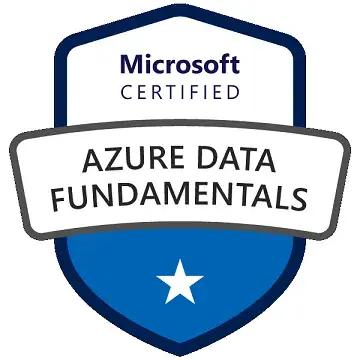Science Class 6
-
- 5 rating
- (1 Reviews)
- 0 students enrolled
Science Class 6
A system of knowledge about the physical, chemical, and biological universe and the things that occur in it is called science. It is an objective observation that explains the basic rules of nature.
-
- 5 rating
- (1 Reviews)
- 0 students enrolled
What learn
- Comprehensive Subject Knowledge
- Visual and Interactive Education
- Adaptive Learning Methodology
- 24/7 Availability
- Global Reach and Diverse Resources
Course Content
Requirements
- Smart Phone Or Laptop with Internet Connection
Description
Certainly, here's a brief overview of the topics you listed with bold headings:
Air Around Us This topic discusses the composition of the Earth's atmosphere, the role of air in sustaining life, and the properties of air, such as pressure and density.
Food - Where Does It Come From? It explores the sources of various types of food, including plants, animals, and their products. It introduces concepts of agriculture and animal husbandry.
Fun with Magnets This topic delves into the properties of magnets and their interactions, including attraction and repulsion. It may also cover the applications of magnets.
Changes Around Us Changes around us refer to various physical and chemical changes that occur in the environment. It introduces the concept of change and its different types.
Air and Its Pollution This topic covers the different pollutants in the air and their sources, as well as the impact of air pollution on the environment and human health.
Separation of Substances I and II These topics likely cover techniques and methods for separating mixtures and substances, such as filtration, evaporation, and chromatography.
Electric Circuits Electric circuits introduce the fundamentals of electrical circuits, including components like conductors, insulators, and sources of electricity. It covers the basics of circuit design.
Properties of Matter This topic explores the characteristics of matter, including its states (solid, liquid, gas), mass, volume, and physical properties like density and solubility.
Air This likely continues the exploration of air's properties and its significance in supporting life and various natural processes.
Body Movements Body movements refer to the study of the human body's skeletal and muscular systems and how they work together to facilitate various movements and actions.
Characteristics of Living Organisms It discusses the distinguishing features of living organisms, such as growth, reproduction, and response to stimuli.
Getting to Know Plants This topic focuses on the structure and functions of different parts of plants, including roots, stems, leaves, and flowers.
Electricity Electricity covers the basics of electrical charge, current, voltage, and circuits. It may also include electrical safety and energy conservation.
Components of Food It explores the various components in food, such as carbohydrates, proteins, fats, vitamins, and minerals, and their roles in nutrition.
Fibre to Fabric This topic deals with the production of fabrics from natural and synthetic fibers, including processes like spinning and weaving.
Living Organisms and Their Surroundings This topic covers the interaction between living organisms and their environment, including adaptation, habitats, and ecosystems.
Sorting Material into Groups It introduces the classification of materials into different groups based on their properties, such as metals and non-metals.
Garbage In, Garbage Out This likely discusses the disposal and management of waste and the importance of recycling and reducing waste generation.
Motion and Measurement of Distances This topic explores the concepts of motion, speed, and distance measurement. It may include units of measurement and instruments used for this purpose.
Light, Shadows, and Reflection It discusses the behavior of light, the formation of shadows, and the reflection of light from various surfaces.
Water This likely delves into the properties and importance of water, including its role in sustaining life and the water cycle.
Water - Floods and Droughts It may cover the consequences and management of floods and droughts, two critical aspects of the Earth's water cycle.
Leaf and Flower in a Plant This topic focuses on the structure and functions of leaves and flowers in plants, including photosynthesis and reproduction
Recent Courses
- June, 23rd 2025
- 3
This course plan outlines a comprehensive curriculum for a prompt engineering course, designed to equip learners with the ski..
- 1699.00₹
2000.00₹
- June, 28th 2025
- 12
In an era where technology is seamlessly integrated into our daily lives, understanding the synergy between Embedded Systems..
- 1599.00₹
2000.00₹
- May, 22nd 2024
- 0
Microeconomics is an essential component of economics as a whole, as it helps us understand how individual decisions and inte..
- 799.00₹
999.00₹
About Instructor
"Founded in 2019, Bringup Education stands as a dynamic Ed-Tech firm. We take pride in offering a diverse array of courses, spanning from school-level education to rigorous undergraduate programs, all impeccably facilitated through our state-of-the-art Learning Management System (LMS).
Moreover, at Bringup Education, we are committed to preparing students for the professional world by providing valuable training and internship opportunities. These experiences not only augment students' skills but also ensure they are 'job ready' upon graduation."


.png)




.png)


